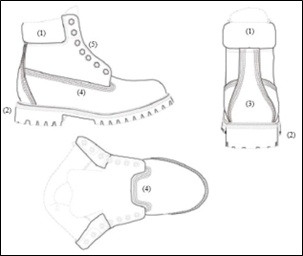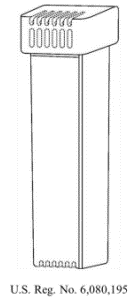The US Court of Appeals for the Ninth Circuit affirmed a district court’s grant of a preliminary injunction (PI) in a trademark action under the Lanham Act, stating that the district court’s ruling was not clearly erroneous based on its finding that the plaintiff had likely acquired secondary meaning in the mark. OpenAI, Inc. v. Open Artificial Intelligence, Inc., Guy Ravine, Case No. 24-1963 (9th Cir. Nov. 13, 2024) (Thomas, Owens, Collins, JJ.) (per curiam) (Collins, J., dissenting) (nonprecedential).
OpenAI is the founder of ChatGPT and other artificial intelligence tools. OpenAI has used the OPENAI (no space) mark extensively in association with its goods, services, website, social media, and marketing. OpenAI first attempted to register the mark with the US Patent & Trademark Office (PTO) in 2016, but the PTO rejected the mark as being merely descriptive and potentially confusing with Guy Ravine’s prior-filed application for the mark OPEN AI (with a space). Ravine claimed to have used the mark as early as 2015, which would have predated OpenAI’s use of its mark. However, the PTO also rejected Ravine’s application for registration on the Principal Register under a similar rationale, and the OPEN AI mark was only accepted for registration on the Supplemental Register in 2017. Neither mark is registered on the Principal Register.
OpenAI filed a trademark action under the Lanham Act against Ravine’s company, Open Artificial Intelligence, and sought a PI, which the district court granted after finding that OpenAI had established that it had acquired distinctiveness in the mark. Ravine appealed the denial of Open Artificial Intelligence’s motion under Fed. R. Civ. P. 59(e) and 60(b) to amend or vacate that injunction.
A PI is granted when a plaintiff establishes that:
- It is likely to succeed on the merits.
- It is likely to suffer irreparable harm.
- The balance of equities tips in its favor.
- An injunction is in the public interest.
The Ninth Circuit applies a sliding scale approach, where a stronger showing of one factor could offset a weaker showing of another factor. To succeed on a trademark infringement claim, a plaintiff must show that it has a protectible ownership interest in the mark and that the defendant’s use of the mark is likely to cause consumer confusion.
To evaluate the claims, the district court looked at each of the parties’ history and use of the disputed marks. The district court noted that OpenAI had used its mark in connection with its most widely used product, ChatGPT, resulting in the mark becoming a household name. The district court recognized that OpenAI’s trademark was one of the most recognized in artificial intelligence (AI) history. The district court noted that OpenAI’s website was one of the most visited websites, with almost 100 million monthly active users. In contrast, the district court found that Ravine had not established that he had used the mark in commerce prior to OpenAI’s use and even took issue with Ravine’s representations regarding his use of the mark. The district court granted [...]
Continue Reading
read more

 Subscribe
Subscribe






